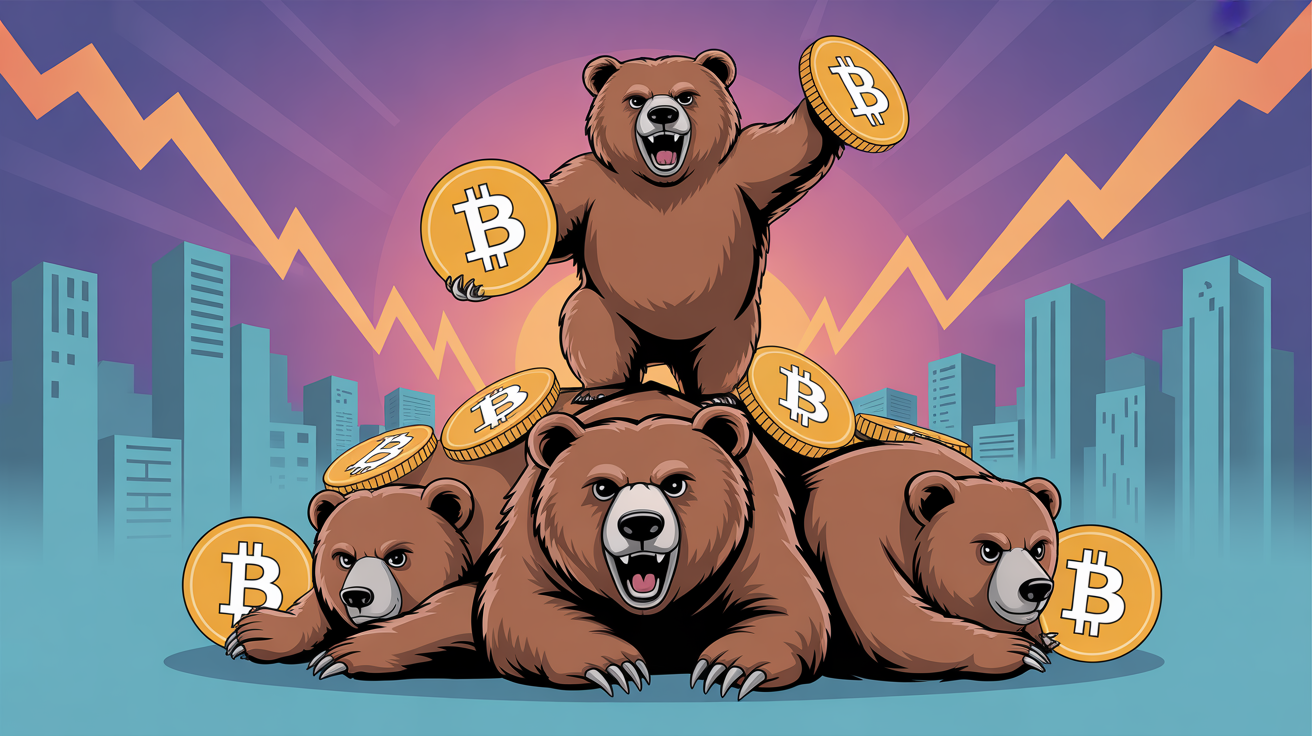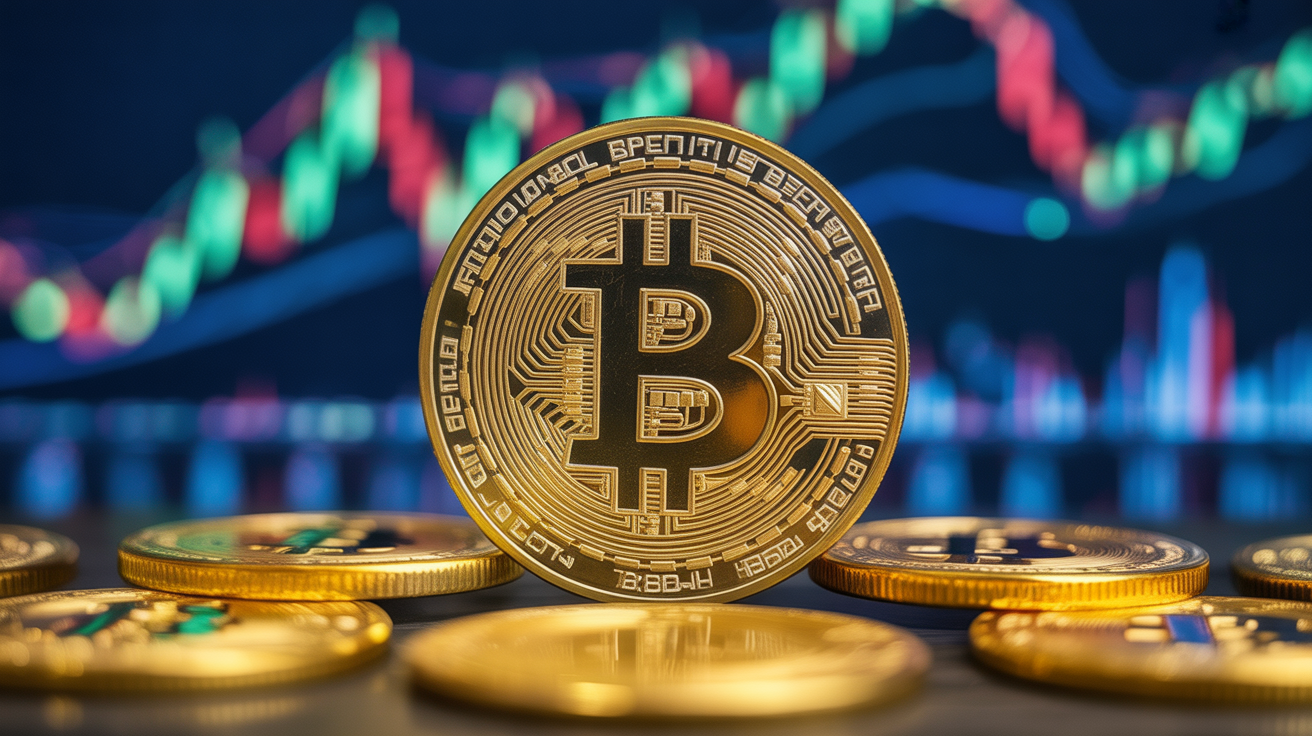
Gold Remains Undervalued on a Purchasing-Power Basis, BlackRock’s Evy Hambro Says
BlackRock’s Evy Hambro told Bloomberg TV that gold “could go a lot higher” as long-term internal price assumptions lag the current spot price, while miners’ margins remain exceptionally strong.
Hambro reframed the debate over whether gold is overpriced, emphasizing what the metal actually buys rather than the headline dollar value. In a Tuesday interview, the Global Head of Thematic and Sector Investing noted that gold stretches further for everyday, low-cost items but buys less of high-ticket goods such as a mainstream U.S. pickup or prime Manhattan real estate. This divergence, he argued, challenges claims that bullion is universally overvalued; the valuation depends on the basket of goods used for comparison.
He placed gold’s performance within a broader macro adjustment, where investors are reassessing real assets versus paper currency. Hambro acknowledged that momentum and speculative positioning can amplify short-term swings — “the trend is your friend” — but said the overall environment remains supportive for gold. If fiat currencies continue to be repriced relative to real assets, gold “could go a lot higher,” he added.
The purchasing-power lens also explains why market sentiment can appear contradictory: prices near all-time highs coexist with investors who still see room for further gains. Hambro emphasized that gold has preserved, and in some cases enhanced, purchasing power for everyday items while trailing on luxury goods, meaning no single valuation metric tells the full story.
For crypto-focused investors, he highlighted the distinction between gold and bitcoin. Both assets are framed by inflation, currency debasement, and portfolio hedging, but each follows different adoption curves and carries distinct risk profiles.
On mining companies, Hambro focused on fundamentals rather than issuing a direct call that gold stocks would outperform bullion. He noted that miners’ profit margins are among the strongest of his career, while valuation models still assume long-term gold prices below spot and even the forward curve. If spot prices remain elevated while analysts slowly raise their price assumptions, earnings and free cash flow could continue to surprise, though volatility is inevitable.
Hambro also differentiated gold from silver, noting that silver’s industrial demand, such as for solar panels, creates unique dynamics. Tensions in silver lease markets reflect supply scrambling to meet obligations rather than a clear signal of mispricing.
At press time, gold traded at $4,202.60, up 59.95% year-to-date, while bitcoin stood at $113,042, up 20.01% YTD, according to MarketWatch.






















